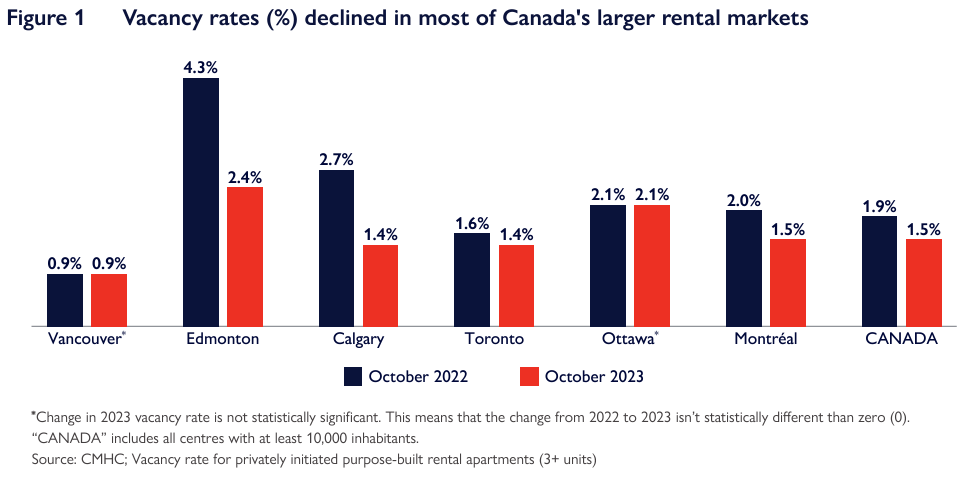The Impact of Immigration on Canada's Rental Landscape: A Deep Dive into 2023 Trends
Immigration is emerging as the lead partner in the Canadian real estate landscape, twirling through the rental market with significant influence. The 2023 trends paint a vivid picture of how the ebb and flow of people to and within the country shapes the rental dynamics, particularly in major urban hubs like Toronto, Montreal, and Vancouver.
Canada, a beacon for international talent, has witnessed a surge in net immigration since 2020, reaching unprecedented heights. This influx, as the report highlights, plays a pivotal role in fueling rental demand. The newcomers, often opting for the rental route initially, create a surge that reverberates in major cities. The result? A tightening of rental markets, exemplified by a national vacancy rate plummeting to a new low of 1.5% in 2023.

Not just any cities but the powerhouses—Toronto, Montreal, and Vancouver—stand as the epicenters of this immigration-driven demand surge. These metropolitan magnets not only attract international migrants but also become destinations for a burgeoning number of international students. The report suggests that these students, facing a shortage of on-campus housing, turn to the purpose-built rental market, intensifying the demand in an already competitive landscape.
However, the immigration story extends beyond international borders to the internal migration within Canada. Calgary and Edmonton, fueled by high interprovincial migration, showcase a similar tale of demand outpacing supply. The strong demographic and employment conditions in these Alberta cities create a scenario where rental growth surpasses the growth in available units, underscoring the intricate interplay of migration, demand, and housing dynamics.
As we dissect the impact of immigration on the rental landscape, it's crucial to recognize the economic push factors. The report illuminates the role of employment growth, particularly for those aged 15 to 24. This demographic, often inclined towards renting, becomes a significant contributor to the demand side of the equation. The correlation between job opportunities and rental market dynamics becomes evident, reinforcing the idea that economic conditions are not just local but play a symphony at the national level.
Now, let's zoom into the affordability lens—the economic reality faced by those navigating the rental landscape. High mortgage rates and soaring home prices, especially in Toronto and Vancouver, create a financial quagmire. The dream of homeownership becomes a distant reality for many, pushing them toward the rental market. Monthly housing expenses, if one were to consider buying a median-priced home, surge to over 50% of the median household income in these pricey markets, adding another layer to the complex dynamics influenced by immigration.
In the narrative of Canada's rental landscape, the report introduces the concept of turnover units. These units, subject to market demand and potential renovations, become a crucial factor influencing rental prices. In 2023, turnover units see higher rents compared to non-turnover units, creating a scenario where market conditions, renovations, and demand converge, influencing the overall cost of renting.
The impact of immigration extends to the nuanced concept of rental arrears. The surge in arrears rates nationally, from 6.5% in 2022 to 7.8% in 2023, reflects the economic strain on households. Toronto, with the largest increase in arrears, sees its rate climb to 19.6%, more than double the national average. The economic pressure, fueled by high inflation and rents outpacing income growth, becomes a tangible challenge for renters.
The impact of immigration on Canada's rental landscape is not just a statistical trend; it's a narrative of people shaping the places they call home. As international and interprovincial migration surge, influencing demand, rent prices, and housing availability, the rental landscape becomes a reflection of the dynamic interplay between economic factors, demographics, and the aspirations of those seeking a foothold in Canada's vibrant urban centers.
Thinking about selling your home?
Get in touch. We'll guide you through every step of the process to ensure a smooth transaction that meets your goals.




